My wife, Linda, has been wanting to really put her new 135mm lens to the test. Even though the 135mm focal length is normally used for portraitures, she wanted to give it a roadside work out and suggested we take a short drive. We decided a morning drive along the meandering South Thompson River ending in Salmon Arm, just short of an hour away, for coffee and some photographs.
The British Columbia city of Salmon Arm with it’s unique, picturesque downtown and what residents claim to be the longest, curved wooden wharf in North America is located on the Shuswap Lake, midway between Calgary and Vancouver on the Trans-Canada Highway. The lakeside city also became infamous in August of 1982 when then Canadian Premier Pierre Trudeau raised his middle finger at protesters from his seat inside a private rail car.
When I’m not making portraits I prefer zoom lenses. Using a multi-focal length lens when photographing buildings and other features that one finds along a busy city street makes photography easy to do because it’s simple to crop out people, cars and other unwanted elements. Nevertheless, Linda wanted to use her 135mm and I decided to follow suit and brought my 105mm.
We wandered the downtown photographing anything that caught our attention. It was Sunday and most shops were closed and the streets, other than a couple of people walking to the grocery store or, like us, driving to Tim Horton’s for coffee, were almost empty.
It was a perfect day to walk around, and there was plenty of room to step backwards on to the street or move around in front of shops with our prime lenses. We spent a leisurely hour or so just taking pictures in town before driving to the lakeside park to sit in the shade, take in the view, and talk about our pictures.
My preference would have been to use my 24-86mm and although Linda really liked the 135mm, she wished I had brought along her 70-300mm. However, we both thought using the long prime lenses was a good exercise. Placing a subject and composing the final image took longer than just zooming the lens length forwards or back. Our fixed focal length lenses required that we had to physically move about to get the image we desired. There was also a change in perspective because of the mid-range of our lenses.
I have been trying to think of some words that would sum up our experience. Maybe American documentary photographer and author, Elliott Erwitt, got the closest to what I was experiencing when he wrote, “To me, photography is an art of observation. It’s about finding something interesting in an ordinary place… I’ve found it has little to do with the things you see and everything to do with the way you see them.” Perhaps our exercise wasn’t so much, “an art of observation” as it was an “act of observation”.


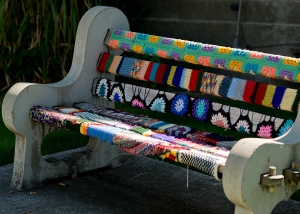
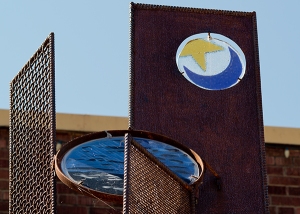
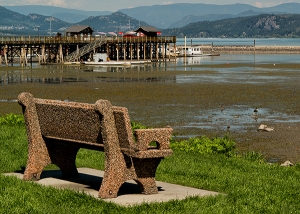
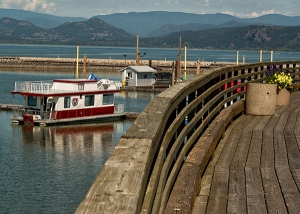
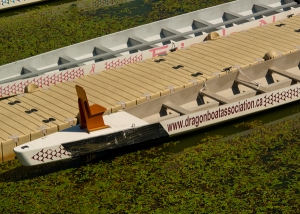


Well the shots rocked up great! And it was a good exercise.
LikeLike
Yes it was fragg. and best of all the short morning drive (before the heat) was enjoyable. I am happy you liked the picts, thanks.
LikeLiked by 1 person
I agree! 🙂
If you put a group of experienced photographers into the same street or city, you can often see from the things that drew their attention, the way they captured it, who took which photo… if you know them a while, that is, to have a comparing point. Which proves the point that it is the way we/they see it…
I used to be fervently against zoom lenses in pre-digital times. Prime lenses are still a lot better. But the way I drift through the streets, events, I must admit that zoom lenses make your life a lot easier. No more fumbling to change lenses, no more seeing the subject that drew your attention disappear behind the next corner by the time you are ready and ‘armed’… 😉
LikeLike
Good opinion Nil, Thanks for that.
I enjoy wandering locations with my wife because her interests are very different from mine.
Regarding zoom (multi-focal length) lenses. I remember when the first Vivitar series 1, 70-210mm lens appeared in the early 1970s. It had quality to match many of the prime (fixed focal length) lenses of the time. And I started capturing images that others were missing. As you wrote, “No more fumbling to change lenses”.
What I hated about my Hasselblads was that I couldn’t afford the big zoom lense. With that Vivitar I was a convert.
LikeLiked by 1 person
A Hasselblad! Wow! 🙂 That was and still is way beyond my budget…
LikeLike
“To me, photography is an art of observation. It’s about finding something interesting in an ordinary place… I’ve found it has little to do with the things you see and everything to do with the way you see them.” …this is very true , when we went out on photo walks , there was pattern that always got set was each of us would end up taking pictures of the same subject , but from different perspectives and angles , after the walk we’d review all our images and thats when the above quote really kicks in .. same subject but most of us would have seen it in a different way : – enjoyed reading your experience ..thanks for sharing .
LikeLike
You are so right Patchious, you wrote, ” It’s about finding something interesting”. Yes of course! The reason I enjoy wandering with my wife is how we see different things in the locations we visit. I do appreciate your thoughts. Thank you.
LikeLiked by 1 person
: )
LikeLike
Cool pics! 🙂
LikeLike
Hi
Thanks for stopping by and leaving your likes on my Postcard Cafe site.
I have had a look around your site and it is very interesting with a nice tone.
This “A process of observation” post reminded me a little of something I started recently and wondered if if it something you might like to try or even better contribute to the site!
The idea of “Forty Five” started as a fun thing for myself but when I did the first blog post a fellow blogger posted her own version within 24hrs! It made me thing that perhaps there is some mileage in the idea for other photographers or indeed anyone with a camera or phone.
Essentially I’ve created a set of rules and participants take 9 photographs on a walk lasting 45 minutes. The rules are explained on the site and I’ve put a link below.
The idea is that you walk five minutes before taking the first image. It means that your first photograph is in a random un-chosen location. You then walk for 5 minutes and have a minute in which to identify, compose and take your shot before walking another 5 minutes. Only one shot in each location, no deleting or reshooting.
The participant is presented with a series of random locations that in likelihood will take them away from their comfort zone and encourage a different style of photography. As a photographer yourself I’m sure you can see the possibilities and challenges in Forty Five.
The images don’t have to be shared on my Forty Five website but if you did give it a go and published the nine images in a mini gallery of 9 shots on your blog it would be easy (with your permission of course) to re-blog on the site. It is early days but I really hope to build a site where people contribute their images and experiences of doing a Forty Five.
You’ll notice that some people have described their walk and one person even time stamped their images. The latter isn’t a requirement but I liked that they did it.
Forty five has a strict policy of no selfies. The idea of Forty Five is to encourage creative thinking and learning and confidence building and many other things.
Anyway this is an invitation to you and of course your wife to have a go.
A zoom lens makes Forty Five a little easier. If you choose a prime lens then I think the challenge is a little more difficult.
Even if this is something you don’t wish to have a go at, you might know other photographers who might enjoy, benefit or learn from the idea. After all, it’s a fun thing to do and it only takes 45 minutes!
https://takeninephotosinfortyfiveminutes.wordpress.com
Keep up the good work with your blog
Best wishes
Mr Cafe 🙂
LikeLike
Thanks, I like your idea and your words, “The idea of Forty Five is to encourage creative thinking and learning and confidence building and many other things.”
I expect for those that are new to photography that might be a very good exercise. I used to limit the size of a roll of my college student’s film to help them reach that end. Creative thinking (no matter what the medium) is a process of learning.
I will keep your 45-minute challenge in mind and pass it on. I agree there would be those that find it fun and helpful.
LikeLiked by 1 person